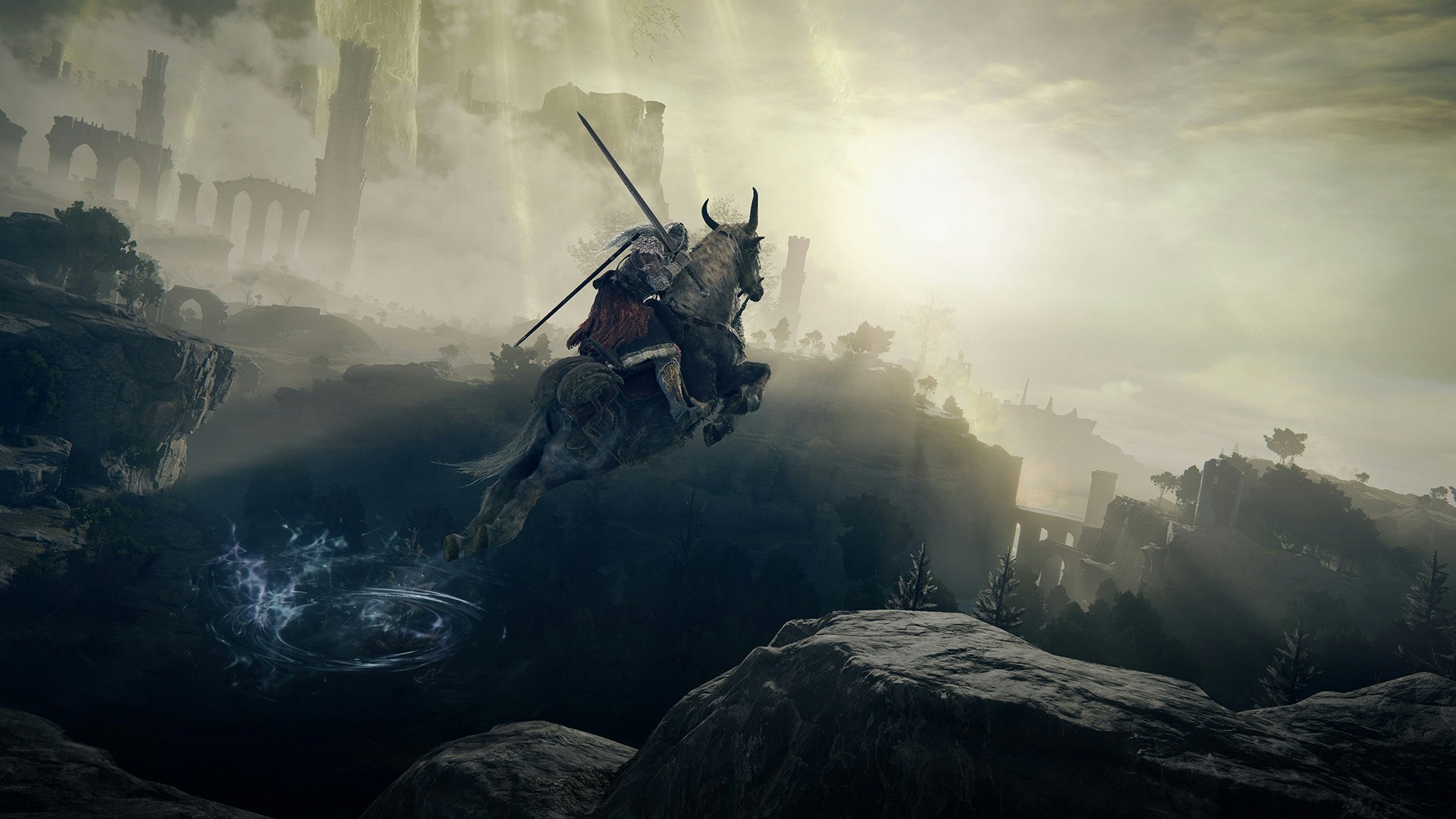
Breath of the Wild has been the gold standard in open-world design ever since its release in 2017, and games like Genshin Impact and Assassin’s Creed Valhalla have dutifully followed in its footsteps. It’s not often that gaming sees such a watershed moment, with one game transforming the way we think about an entire genre.
We’re on the cusp of that happening again with Elden Ring, a game that somehow manages to exceed the impeccable standard Breath of the Wild established just shy of five years ago. Elden Ring has one of the most satisfying exploration loops I’ve ever seen in gaming.
At a cursory glance, Elden Ring is simply open-world Dark Souls, but the actual experience of discovery goes far deeper than that. The key difference with Elden Ring is that it truly is up to the player to decide where to go and what to do. After the initial tutorial area, you’re simply dropped into the world, and you soon learn that exploration is key to every aspect of the game.
Breath of the Wild does a fantastic job of letting players discover landmarks, dungeons, and points of interest entirely on their own. You can spot something from a distance, mark it, and then head there. Elden Ring takes this further by sprinkling a variety of visual cues throughout its world and map that players learn to recognize. Statues and graves point to nearby discoveries, churches provide valuable recovery boosts, and you never know when a deadly boss is going to pop up.
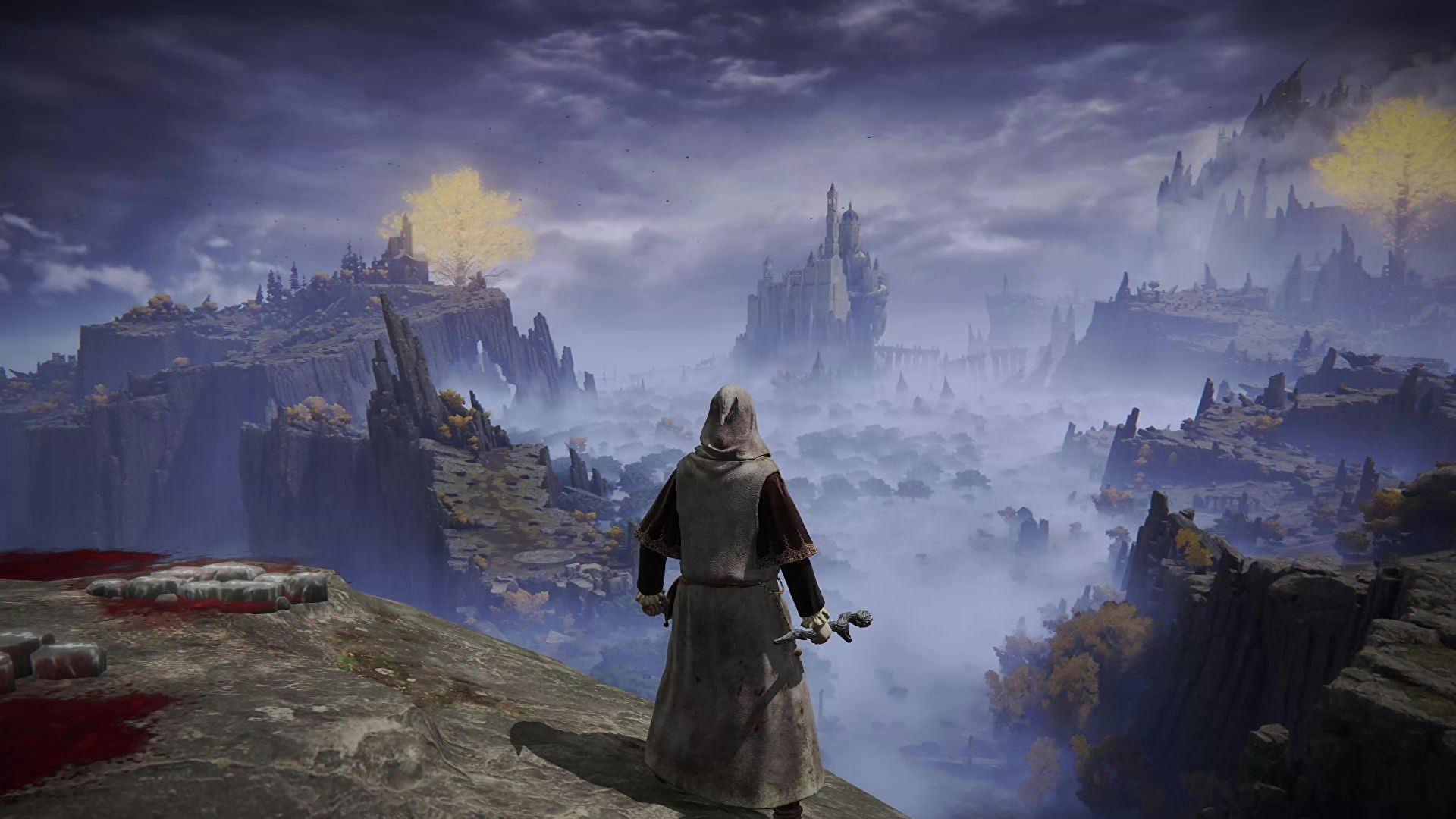
One of the most fascinating aspects of Elden Ring, however, is the world map itself. At first glance, it seems like any old map, but FromSoftware has put a ton of thought and care into its design. As you explore and reference the map, you learn to recognize little touches like the towers that give you map fragments, red marks for caves and dungeons, ruins, and more. The more you explore, the more you learn to recognize what these intially inconspicuous symbols mean.
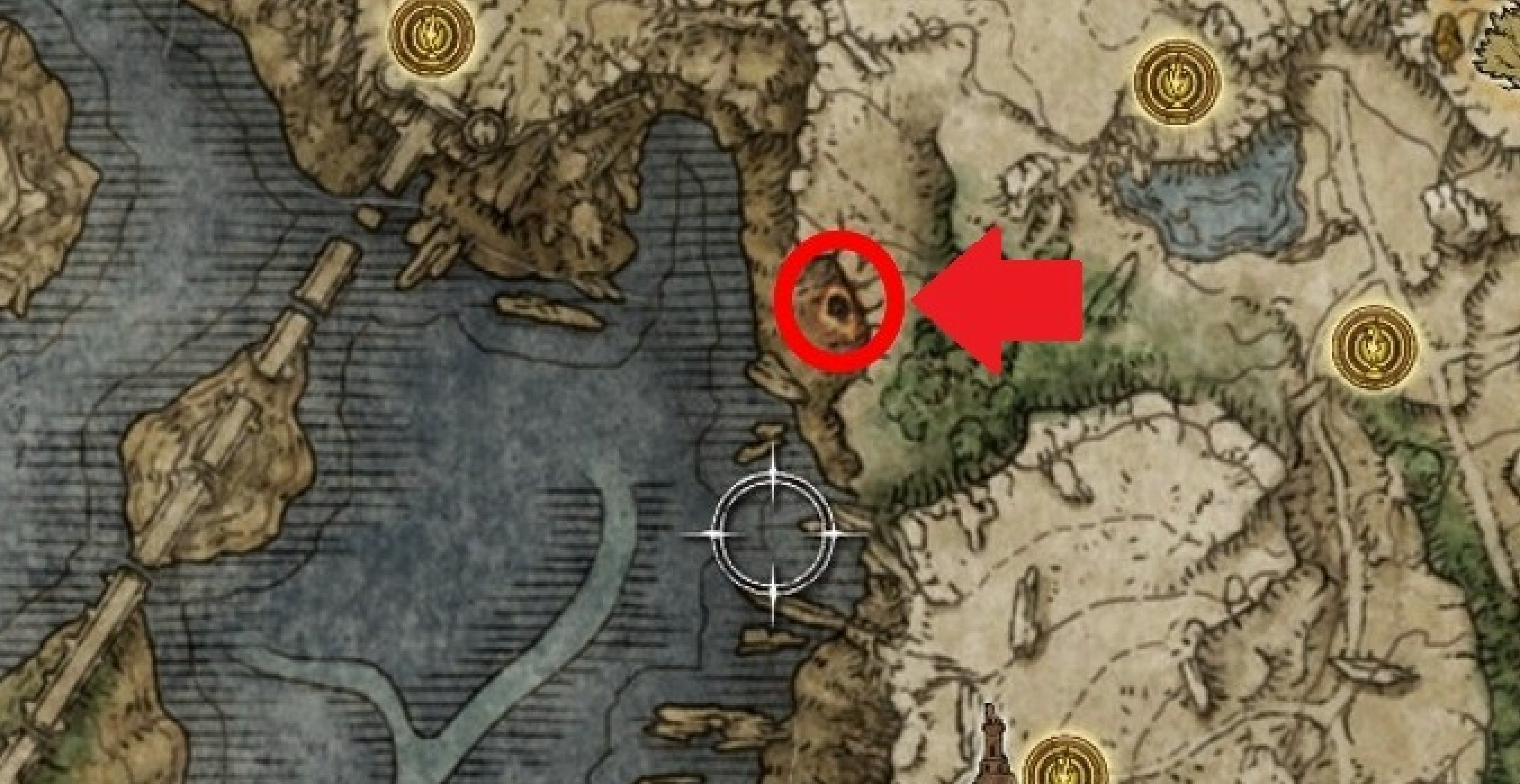
Exploring also leads to a veritable bounty of rewards. Where Breath of the Wild had Shrines, Elden Ring has mini-dungeons. There are still the bigger, more complex dungeons like you find in Dark Souls 1-3, but those are relegated to the bigger story locations. These mini-dungeons function as an enticing bread-crumb trail of rewards. You might find a weapon that lets you approach combat in a new way, or a talisman that bumps up your equip load so you can use heavier armor. This creates a sense of wonder that’s gotten all too rare in games — you never know what you’re going to find, or how it might change your approach moving forward.
The vast world of Elden Ring holds surprises at every turn, whether that’s a dragon that swoops down on you in a dusty ruin or a giant turtle-like creature with a temple atop its shell. Elden Ring, of course, has the same high difficulty level as most FromSoftware games, and anyone turned off by that fact may not feel different here.
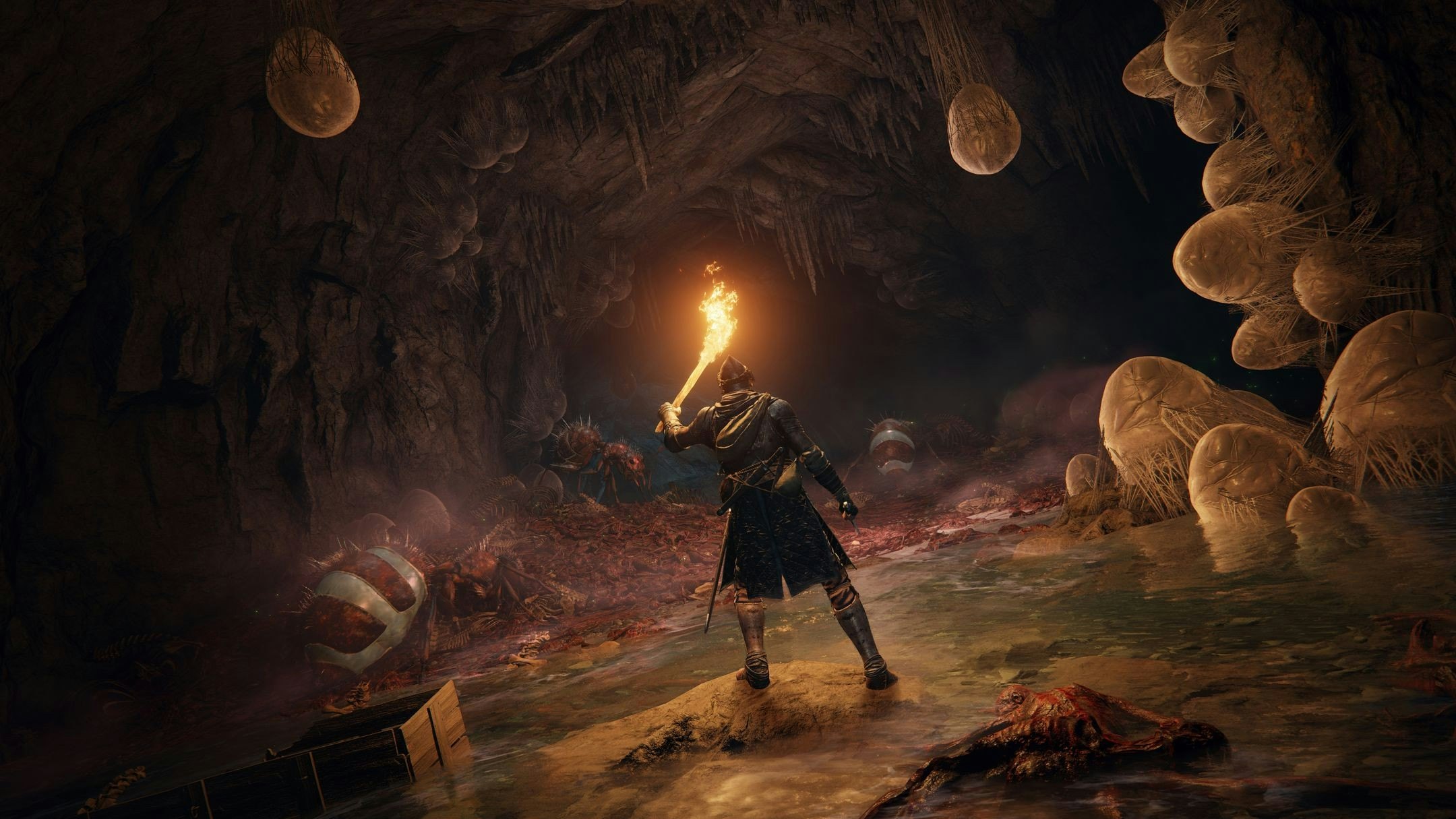
However, Elden Ring is quite a bit more approachable — the exploration loop is designed to give the players options. If you come up against a boss you can’t beat, there are always other places to explore, which in turn allows you to gain more items and runes for leveling up. It’s a huge boon as you don’t have to keep hitting your head against a wall, and can simply choose to do something else. I want to be clear that this isn’t necessarily a step forward in terms of general accessibility — the design and difficulty of Elden Ring are still pretty on par with past Souls games.
Another key element to all this is how good exploration feels mechanically. The major new addition is your horse, Torrent, on top of the ability to jump. Elden Ring has the smoothest mounting animation I’ve seen in an open-world game — it’s an absolutely seamless transition to go from being on foot to on your horse.
It may seem like a small detail, but it really makes all the difference; your horse feels like an extension of you, rather than some kind of vehicle that you have summon, mount, and watch a little cutscene to take advantage of. Mounted controls also feel like a natural extension of the normal controls, and before long I found myself preferring to fight from horseback.
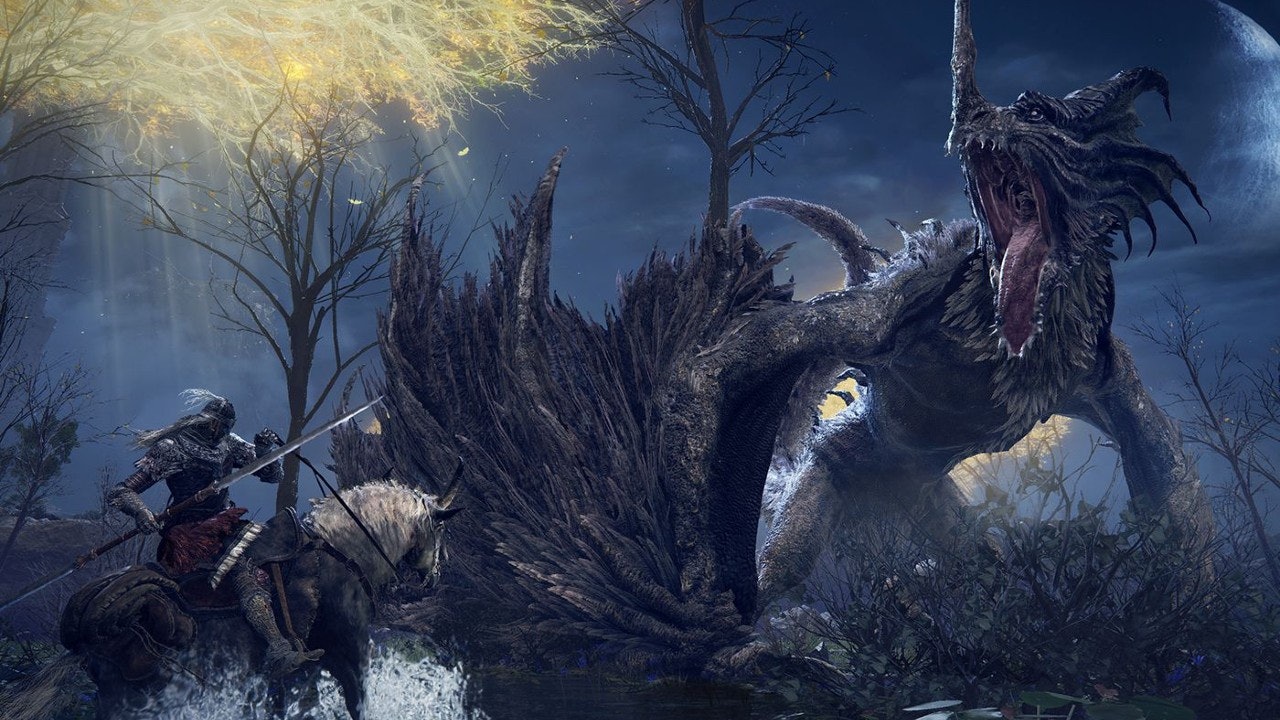
The world is also littered with Sites of Grace (Bonfires) that make it incredibly easy to get around. While Elden Ring’s world is packed with things to do, it respects the player's time and takes great effort to streamline exploration. You don’t have to jump through any hoops to get around the world or backtrack.
Elden Ring constantly feels rewarding, and it’s important that you always feel like you’re making progress, even while dying. There’s an almost staggering amount of choice involved, from choosing what kind of build you want to the actual act of deciding where to go. All of Elden Ring’s elements combine for a perfect storm that constantly pushes your forward, waiting to see what lies around the next corner. Even 40 hours into the game I was still discovering drastically new items and enemies that changed my outlook on both the lore and core combat.
Breath of the Wild left a massive mark on the open-world genre, and there’s no doubt in my mind that Elden Ring will do exactly the same.







